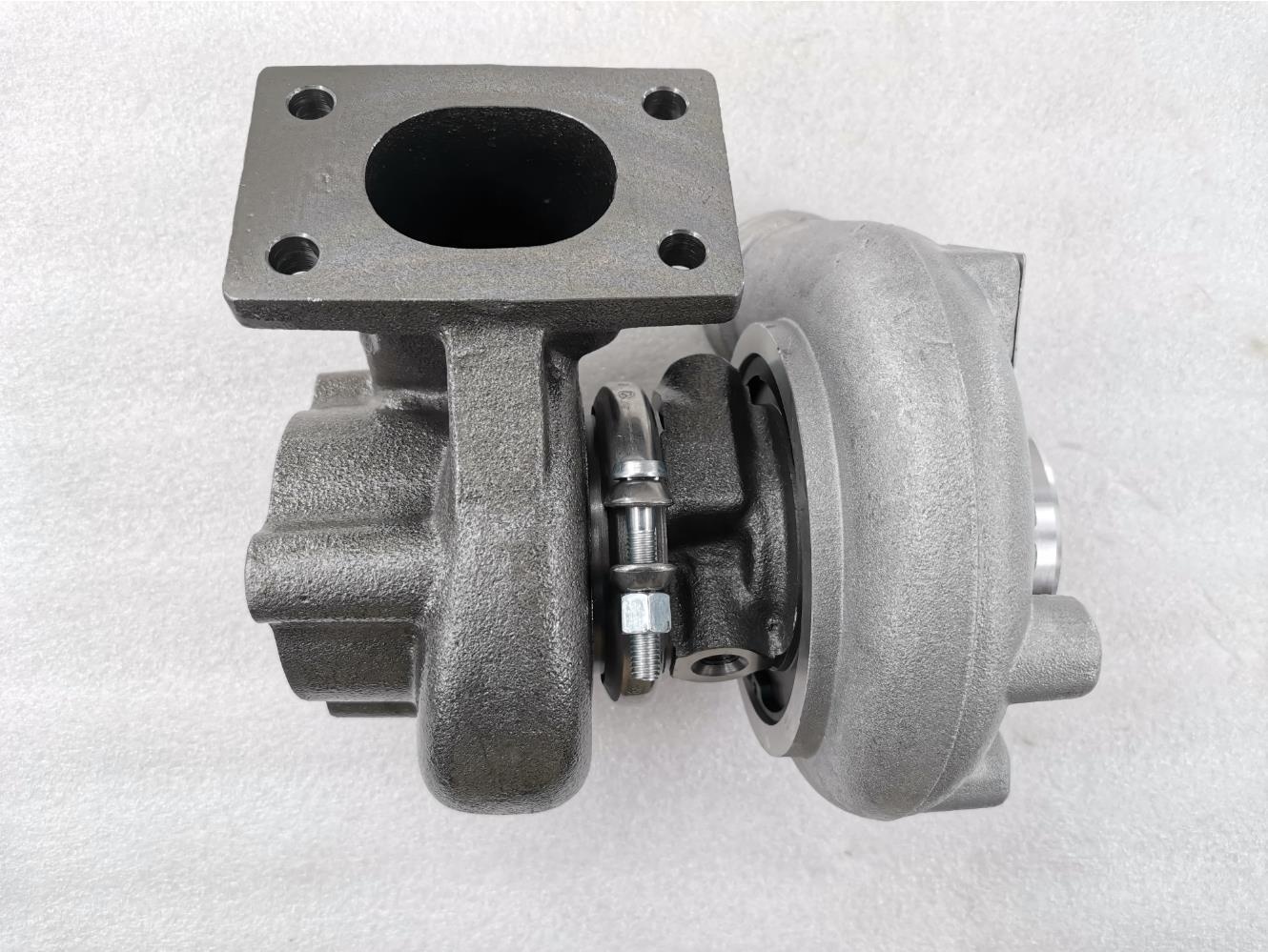Turbochargers often operate at high speeds and temperatures. The temperature of the exhaust gas turbine end of the turbocharger is above 600 ℃, and the speed of the turbocharger is also very high, reaching over 12000 rpm. Therefore, in order to ensure the normal operation of the turbocharger, its correct use and maintenance are very important. The main precautions for using turbocharged gasoline engines are as follows: (1) After starting the engine, it is not possible to immediately start or slam the accelerator. Generally, it is necessary to idle for 3 minutes, especially in winter when the engine needs to be hot for at least 5 minutes to increase the oil temperature and improve the flow performance. Before the turbocharger rotor runs at high speed, let the lubricating oil fully lubricate the rotor bearings. At the same time, after the engine has just started, due to the low temperature and high viscosity of the oil, such as slamming the accelerator, the oil pressure will be too high and damage the turbocharger oil seal. (2) The engine cannot be immediately shut down when it is hot (engines without a separate turbocharger cooling system installed). The rotor bearings of turbochargers are lubricated and cooled by a certain amount of oil pressure. If the engine suddenly stalls in a hot engine state, the oil pressure will rapidly decrease, and the temperature of the turbocharger turbine section will rapidly increase. At the same time, the turbocharger rotor is still rotating at high speed under inertia, which can cause the turbocharger rotor shaft and bearings to "bite" and damage the bearings and shafts. (3) After the engine suddenly shuts down, the heat on the exhaust manifold will be absorbed into the turbocharger housing, boiling the oil remaining inside the turbocharger into carbon deposits, blocking the oil inlet, causing bearing oil shortage and accelerating wear between the turbine shaft and bearings. Therefore, before the engine shuts down, it should idle for 3-5 minutes to reduce the temperature of the turbocharger and the speed of the rotor. It is particularly important to prevent sudden stalling after forcefully stepping on the accelerator. In addition, it is worth noting that turbocharged engines are not suitable for long-term idle operation, and should generally be limited to 10 minutes, otherwise the rotor bearing may be damaged due to poor lubrication caused by low oil pressure. (4) It is strictly prohibited to use the operation method of "accelerating stalling neutral sliding", as the engine suddenly stalls at full load and high temperature, and the oil pump stops working. Lubricating oil cannot take away the heat from the parts inside the turbocharger, which can cause damage to the turbocharger. [6] (5) Use the manufacturer's specified brand of engine oil and regularly replace the engine oil and filter; The lubricating oil pipeline of the turbocharger is prone to internal oil coking under high temperature, and should be cleaned regularly. [6] (6) Regularly clean or replace the air filter to prevent impurities such as dust from entering the high-speed rotating compressor impeller, causing unstable speed or accelerated wear of the shaft sleeve and seals. [6] (7) Check the operation of the turbocharger. Before leaving and after receiving the vehicle, the connection part of the engine intake pipeline should be checked to prevent looseness or detachment, which may cause turbocharger failure or air short circuit and directly enter the cylinder. Check if there is any oil or air leakage in the turbocharger; Check if there are any overheating, discoloration, cracks, etc. on the turbocharger housing. If there are any, immediately identify the cause and eliminate them or replace them. When there is abnormal noise in the turbocharger, it must not be used again. The cause should be identified and eliminated.












